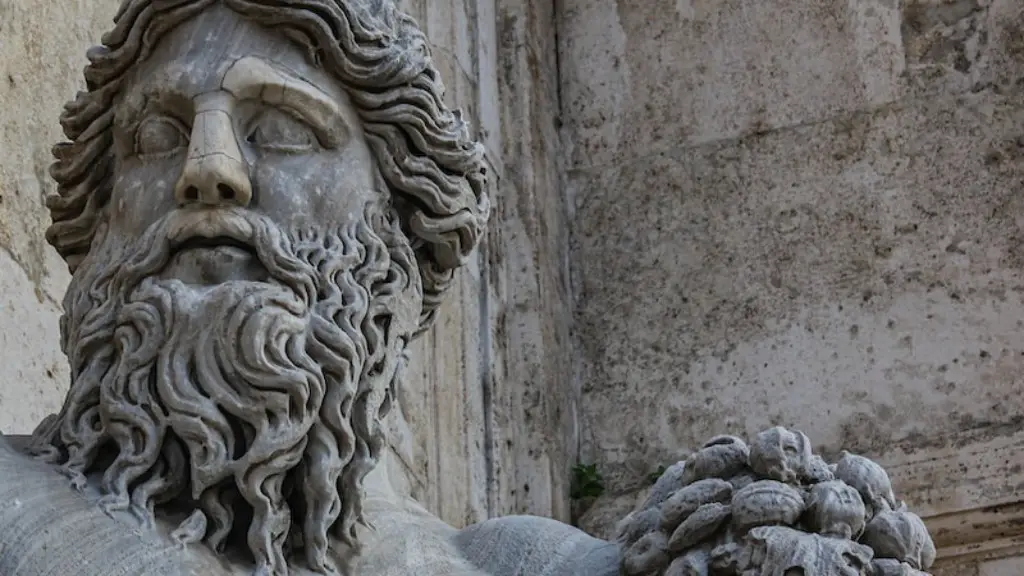The Ancient Romans played a fundamental role in the world of Medicine, with their commitment to improving public health leading to the development of modern medicine as we know it today. It was the Romans who catalyzed the medical field, combining Ancient Greek medical theory with their own innovations, laying the foundations for Western medical progress.
Ancient Roman medicine was heavily centered around providing health care to the citizens of Rome via building public baths and organizing public health programs. This focus on public health and hygiene is one of the major contributing factors to the high quality of life experienced during this period, although Roman Medicine did also include treatments for illnesses and various surgical procedures.
The Roman Empire, although patriarchal in nature, also included female practitioners of medicine and there have been multiple references to female physicians in Roman documents. Women began working in the sphere of medicine, particularly in providing health care to women, during the early period of the Roman Republic, although they lacked the official legal status of male physicians.
The most renowned Roman physicians and physicians of the Roman Empire hailed from Alexandria, who took advantage of the city’s stature as a major center for ancient medical knowledge. Those hailing from Alexandria had an extensive theoretical understanding of medical concepts as well as practical experience. Chief among the renowned Roman physicians was Galen, from whose work much of modern medical progress can be traced. Galen’s work heavily influenced early Christian thought, as well as having an impact on the development of European medicine until the 16th century.
The Ancient Romans also studied anatomy, conserving the dissection practices of the Ancient Greeks, as well as exploring new ideas such as etiology – the study of the causes of disease – which made them more adept at accurately diagnosing and treating illnesses. Their anatomical studies provided the foundations for modern understanding of the body and its systems, with many of their conclusions having a wide-reaching impact in terms of subsequent medical progress.
The Ancient Romans were also renowned for their surgery skills and were the first people to develop the nursing profession. Surviving Roman surgical instruments, although crude by modern standards, display a high level of craftsmanship, and were also utilised in the manufacture of prosthetic limbs. The ancient Romans also developed a system for ordering pharmaceuticals, setting and enforcing regulations regarding the adulteration of medicinal herbs, as well as manufacturing techniques for the administration of patients’ medications.
Developments in medicine rarely happened in isolation, but rather in tandem with the advancement of the wider Roman Economy. Various tools and techniques developed by the Romans which had a direct impact on the field of medicine include: the invention of the aqueduct, creating an efficient irrigation system, the Roman roads and harbour systems, efficiently connecting Rome with the outer provinces and world beyond, as well as the invention of concrete, which revolutionised the construction of public-health facilities such as temples, baths and aqueducts.
Public Health and Hygiene
Public health and hygiene were two of the most important components of Roman Medicine. From the creation of public baths to developments in water supply, Ancient Rome was one of the first societies in history to put emphasis on public well-being through the implementation of public health initiatives. The Romans also created effective waste disposal and sewage systems, as well as possessing a good knowledge of sanitation and pest control.
The Romans were also keen to ensure that the public were educated in terms of public health and hygiene. This included instructions to ensure that food was cooked properly and instructions to regularly wash hands. All of these innovations combined to create an environment in which high levels of public sanitation, health and wellness could flourish.
Herbal Medicine
Herbal medicine was an integral component of the Ancient Roman approach to healthcare, with a significant portion of Roman society using it alongside conventional medical treatments. Roman herbalists utilized a range of natural resources to create traditional medicines, including plants, animal parts and minerals. These were combined to create a variety of remedies for common ailments such as headaches, fevers, inflamed joints and muscle pain.
The Romans utilized specific plants and herbs for particular conditions. For instance, pennyroyal and mugwort were used to treat fevers and headaches, while marjoram and thyme were employed as a medicinal tonic and diuretic respectively. Herbal medicines of Ancient Rome were also highly valued for their ability to promote digestive health, and this is something which has been carried forward into the modern-day.
Veterinary Medicine
Veterinary medicine played a major role within Ancient Rome and the development of veterinary techniques during this period influenced the wider medicine of the Roman Empire. Veterinarians in Ancient Rome treated large and small animals alike, with evidence of large veterinary hospitals having been located in Rome. Veterinary medicine also spread to other parts of the Empire, as it was important for the care of horses, which served as major means of transport.
The Romans acquired much of their knowledge of veterinary medicine from Ancient Greece, and supplemented this with their own knowledge and experience. Ancient Roman veterinarians were adept at treating a variety of illnesses, from skin problems and parasites to skeletal issues and respiratory issues, and their work laid the foundation for the development of modern-day veterinary practices.
Physician-Patient Relationship
The physician-patient relationship was an important factor in the development of Roman Medicine. Roman physicians typically had a close relationship with their patients, a relationship that was considered to be highly beneficial. Roman patients were often able to discuss all aspects of their health problems with their physicians and then, depending on the diagnosis, agree upon a treatment plan in accordance with their own wishes.
The Roman physician-patient relationship was also beneficial in that it allowed the patient to have an active role in the management of their own health. In contrast to Greek medicine, which focused on the physician having a ‘god-like’ relationship with the patient, Roman medicine was far more egalitarian, allowing for a more ‘human’ relationship between the two parties.
Medical Education and Professionalism
Unlike Greek Medicine, which was passed down orally between master and student, Roman Medicine made use of books and written works, granting the knowledge associated with it more permanence and ensuring that it would not be lost between generations. Roman physicians were highly professional, and the importance of medical education was recognised by the formation of medical societies, most notably the College of Physicians, which provided guidance, advice and education to both students and professionals alike.
The medical profession in Ancient Rome was held in high regard, and some Roman physicians attained great fame for their medical feats. That said, medical theory remained largely unorganised, merely a collection of observations and theories, and medical knowledge was still heavily reliant on superstition.




